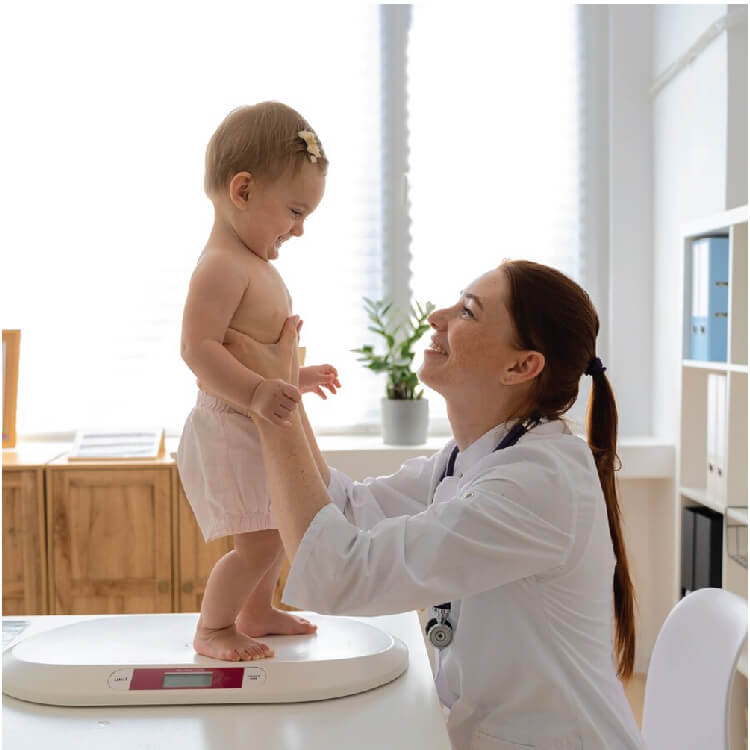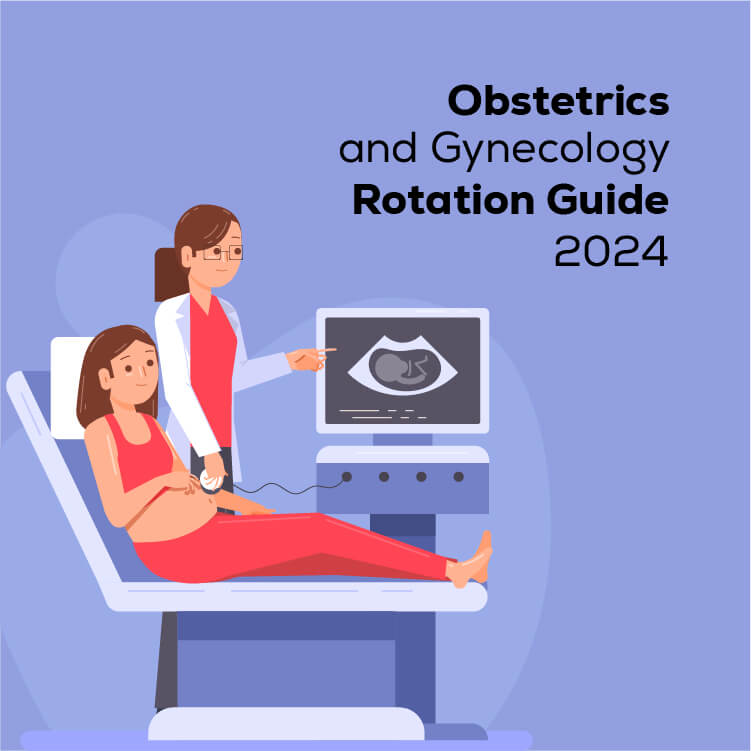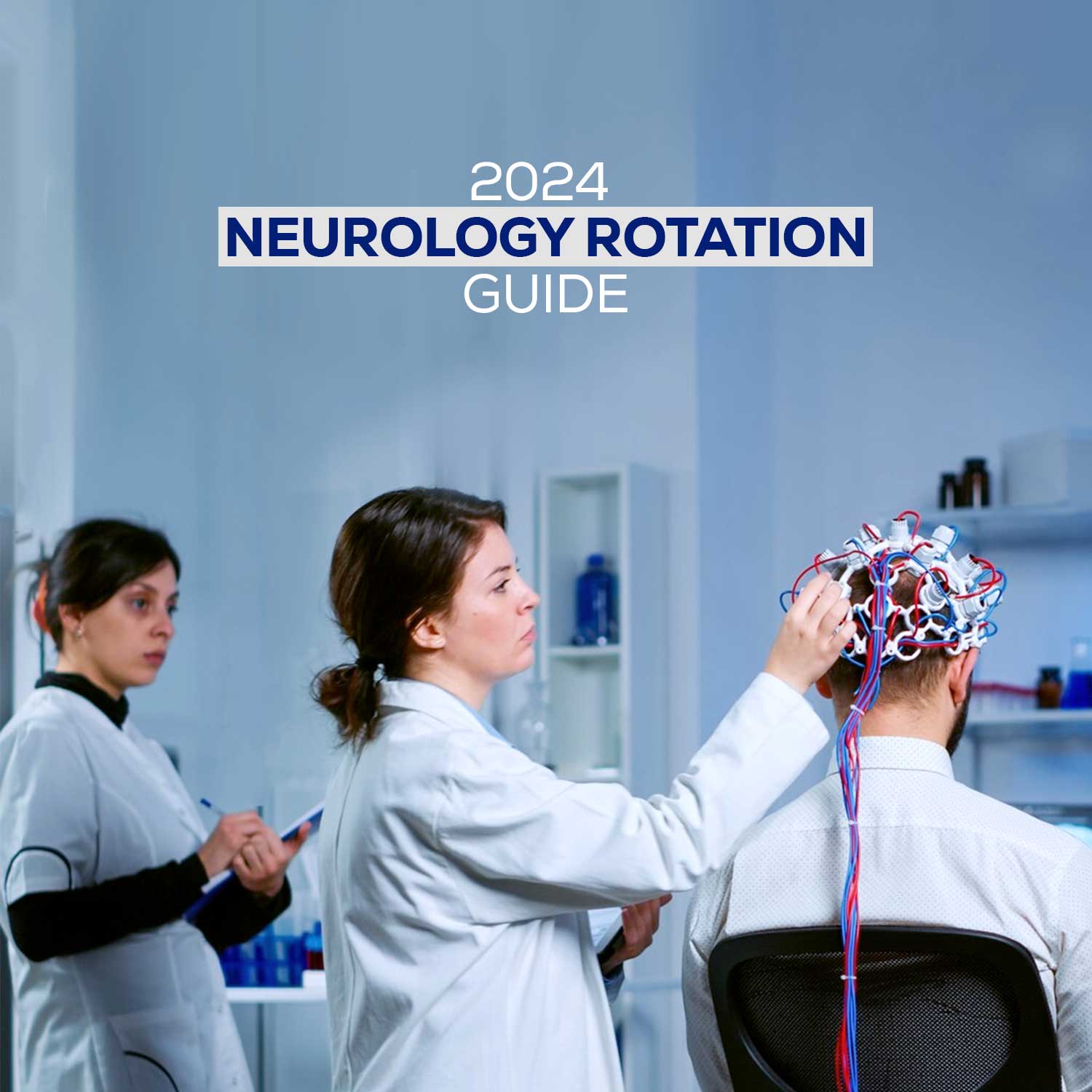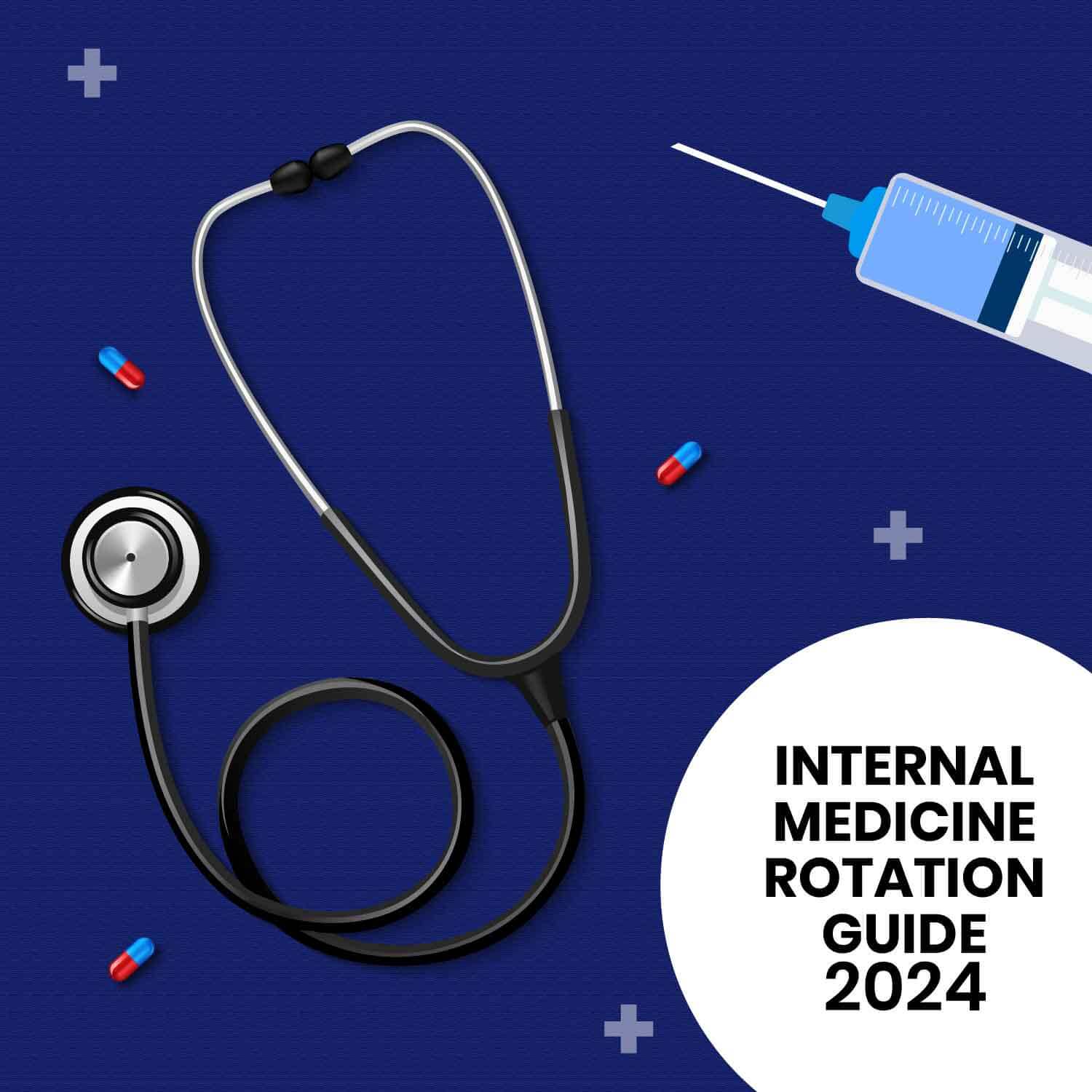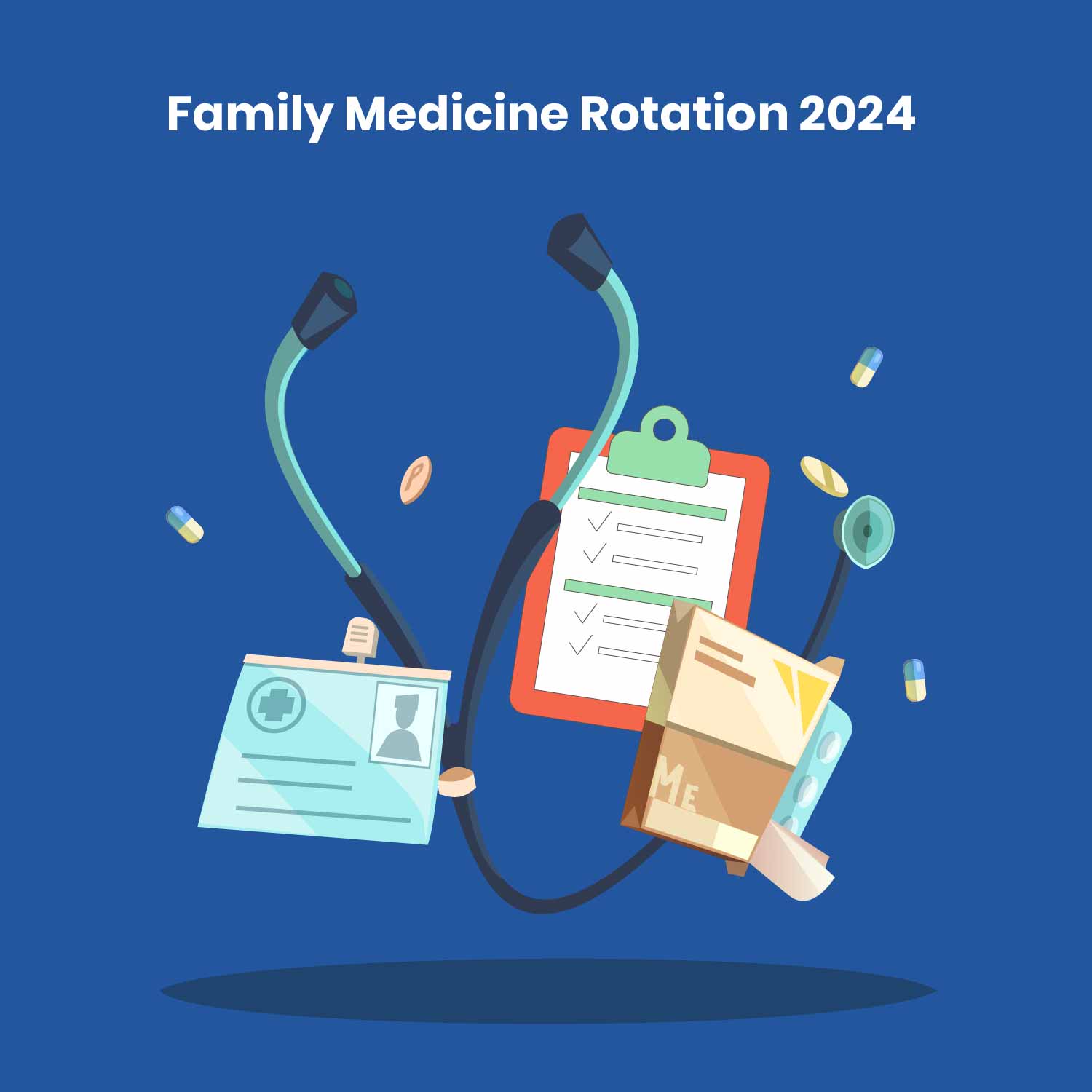
You may be well aware by now that healthcare in the U.S. is divided into inpatient and outpatient treatment settings. These represent two equally important modes of dispensing medical care, each catering to the varying needs of patient populations. Generally, most specialties that you’ll rotate in will have you work in both services. Down the road as a trainee and a licensed provider, you will spend most of your time working in these two setups.
For the general public seeking care at these settings, the differences are pretty straightforward. However, as a medical professional, you need more insight into how these clinical settings function. What duties are you expected to perform and what are the specific challenges of each milieu? USDoctors.co is here to answer all your questions so you can excel as a clinician in both types of setups!
What Is Inpatient Care?
Inpatient care refers to medical treatment and procedures that happen in a hospital setting. After filing the necessary paperwork, patients are admitted to the facility for an overnight stay which can last several days. Some of these patients will be individuals who presented to the Emergency Department with deteriorating health conditions or traumatic injuries requiring urgent stabilization. The rest will be patients who have been scheduled in advance but need some non-urgent yet necessary therapy.
On an inpatient service, you’ll be managing patients in the ward, most of whom will be seriously ill. This will entail monitoring them regularly and charting their signs and symptoms. You’ll also be collecting their lab reports, facilitating diagnostic studies, and administering or adjusting drug doses. Normally, inpatients are managed by an interdisciplinary team of healthcare professionals. As part of this team, you will have to coordinate with different residents, attendings, interns, nurses, and administrative staff to assist the patient through the course of their hospital stay, from admission to discharge.
Inpatient care is a high-maintenance setup designed to provide extensive support to patients. Round-the-clock monitoring means that you have to be ready for every possible medical contingency. You’ll generally have a busier schedule working on an inpatient rotation than an outpatient one. Also, your day-to-day duties will be of a more unpredictable and diverse nature.
When it comes to inpatient rotations, it’s safe to assume that at any given moment during the day, somebody somewhere on the hospital floor will require your services. As such, the scope of clinical learning in this treatment setting is endless. Opportunities for observing and assisting with minor bedside procedures, placing intravenous lines, and performing ultrasounds are aplenty. Even on the slowest day, you can make yourself useful by helping patients and physicians alike with their miscellaneous needs.
What Is Outpatient Care?
Remember all the times you visited the doctor’s office or an outpatient clinic for minor medical ailments? Outpatient care, or ambulatory care, includes all forms of medical care visits and treatments that happen outside the ‘wards’, for which patients don’t have to get hospitalized. Even for surgical procedures, you enter and leave the facility on the very same day. As medicine and health technology advances, this form of medical practice continues to gain ground. Patients increasingly view it as a more convenient and affordable option.
Even so, the distinction between inpatient and outpatient care systems stems from genuine public health reasons. Outpatient departments cater to healthcare needs that are not covered by inpatient care. These include primary and specialty care consultations, regular medical check-ups, chronic disease follow-ups, diagnostic and preventive screening, and minor procedures, among others.
There’s a consensus in the medical community that outpatient rotations are less hectic than inpatient rotations. Clinics usually have set timings, and your work hours during outpatient rotations will usually be from 8:00 AM to 5:00 PM. Be that as it may, this setting offers no less of an educational experience than inpatient care settings. One rotation that will give you a lot of outpatient experience is Family Medicine. Here you’ll encounter some of the most common pathologies and illnesses that befall the general population. What’s more, the environment is less stressful than a typical hospital floor. As a result, preceptors usually have more time and energy to dedicate to teaching.
Outpatient practice also helps you hone your skills as a clinician. Since every patient interaction is time-limited, you’re constantly thinking on your feet, and are thus forced to develop an approach that is highly patient-oriented and focused. Effective communication becomes essential because instead of prescribing a list of tests upfront, you have to work with the patient to gauge their medical condition. Moreover, doctor-patient relationships in clinics assume a more long-term nature. A lot of your patients will keep coming back periodically for further checkups. Counseling patients on treatment adherence at home and building trust in the care partnership is a routine affair, meaning that your interpersonal skills will improve over time.
Strategies for Inpatient and Outpatient Treatment Settings
If you’re here, you’re probably looking for information on how to make the best use of your time as a trainee in these different clinical settings. We’ll review a few, general strategies that will ensure your time at outpatient and inpatient rotations is maximally rewarding.
Inpatient Rotations:
- Ask your attendings for clear instructions on what your responsibilities on the rotation are, and keep checking in for feedback and suggestions from time to time.
- Inpatient care is largely multidisciplinary. Professionals across several levels of seniority all work towards the same goal: enhancing their patients’ health and well-being. Being part of a team means learning to be flexible and building functional relationships with other members. To that end, always approach physicians, nurses, and other workers with a helping hand, be it for clinical work or some minor non-medical tasks.
- The lower down on the hierarchy you are, the more time you will have on your hands to interact with patients. Listen to their concerns, provide whatever emotional support you can, and educate them on health matters that they may not understand. Communicate their concerns to those above you who are too busy to check in on every patient individually. The importance of learning to listen to your patients is paramount in the field of medicine.
- Your assigned patient load will be fairly small which means that you may get done with your duties before your shift is over. Always be ready with a plan of action for any free time-slots. Make good use of this time by engaging in either patient care or self-directed learning.
Outpatient Clinics:
- The rule about asking mentors and preceptors for their expectations of you also applies here. Ask them for clearcut instructions on both course-related and clinical responsibilities.
- Outpatient care settings are your opportunity to perfect the ability to perform a focused, time-sensitive history-taking and examination. Treat every new patient encounter as a chance to learn and improve.
- When working in this setting, always keep the patient’s social and medical background in mind before reaching your conclusions. While you should make sure to exclude potential alarming signs and the need for further referral or inpatient care, the more common diagnoses should be front and center in your mind while devising treatment plans.
- Your hours during these rotations will be comparatively less hectic, so make sure to read up and do literature reviews for whatever cases and diseases you’re encountering on the daily. With a live patient encounter fresh in your mind, it becomes that much easier to absorb and retain relevant clinical concepts.
Exposure During Electives
The best way to familiarize yourself with these key differences is to experience both clinical environments firsthand. Doing electives in programs where you’re assigned to both hospital and non-hospital settings will also help you develop a preference when it comes to selecting residency programs.
The Takeaway
Clinical experience in both inpatient and outpatient treatment settings is vital for transforming you into a competent, well-rounded physician. Your medical education is structured in a way that ensures you’ll not just have sufficient exposure to both settings but will learn to thrive in them. Wherever you’re placed or about to be posted, apply the basic points covered in this blog to make your efforts worthwhile.
For more reliable information on topics pertaining to medical education and training, head over to the USDoctors.co blog!
ABOUT US
Clinical Rotations For Foreign Medical Students, Nurse Practitioners, Physician Assistants and Graduates.
USDoctors.co specializes in providing invaluable hands-on clinical rotations to both foreign medical students, nurse practitioners, physician assistants and graduates. Our clinical rotations are strictly set up to help you get the US clinical experience and letters of recommendation that will greatly increase your chances of US residency placement.

